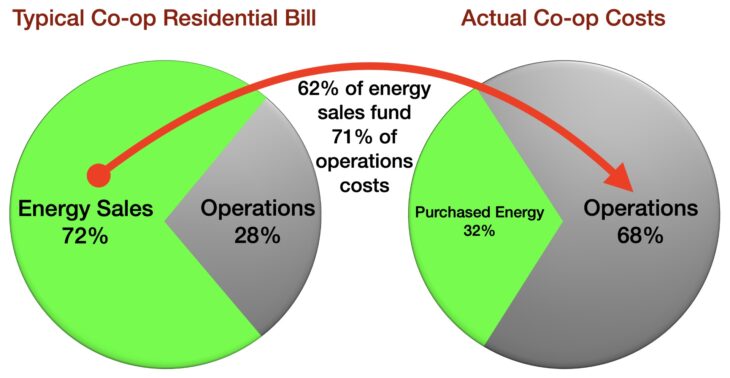Considering Solar? We’re Here to Help.
Solar works very well here in the islands. During the summer, a solar array will typically produce much more than you use, and OPALCO’s Net Metering program allows you to roll summer production into winter months when usage is higher. Many OPALCO members pay only base charges on their bills year-round.
Is rooftop solar right for you?
To help determine whether rooftop solar is right for you, consider several factors:
- overall energy efficiency of the home
- age and pitch of the roof
- orientation of the sun in relation to the home/building
- tree coverage or other shading near the home
- cost
You can find out how much energy you use by logging into your online SmartHub portal, or giving us a call. Once you know how much you use, you can get a quote from a solar installer to find out how big an array you’ll need to offset your usage, and every kWh the array produces is a kWh you save on the OPALCO bill. At the end of the year, if the array produces more than you consume, OPALCO pays members above the average wholesale rate for the difference.
Rooftop solar certainly works for many people but it’s not the answer for all. Last year, OPALCO did its first Community Solar project. This gave more members the opportunity to invest in solar energy. Stay tuned for upcoming Community Solar projects!



